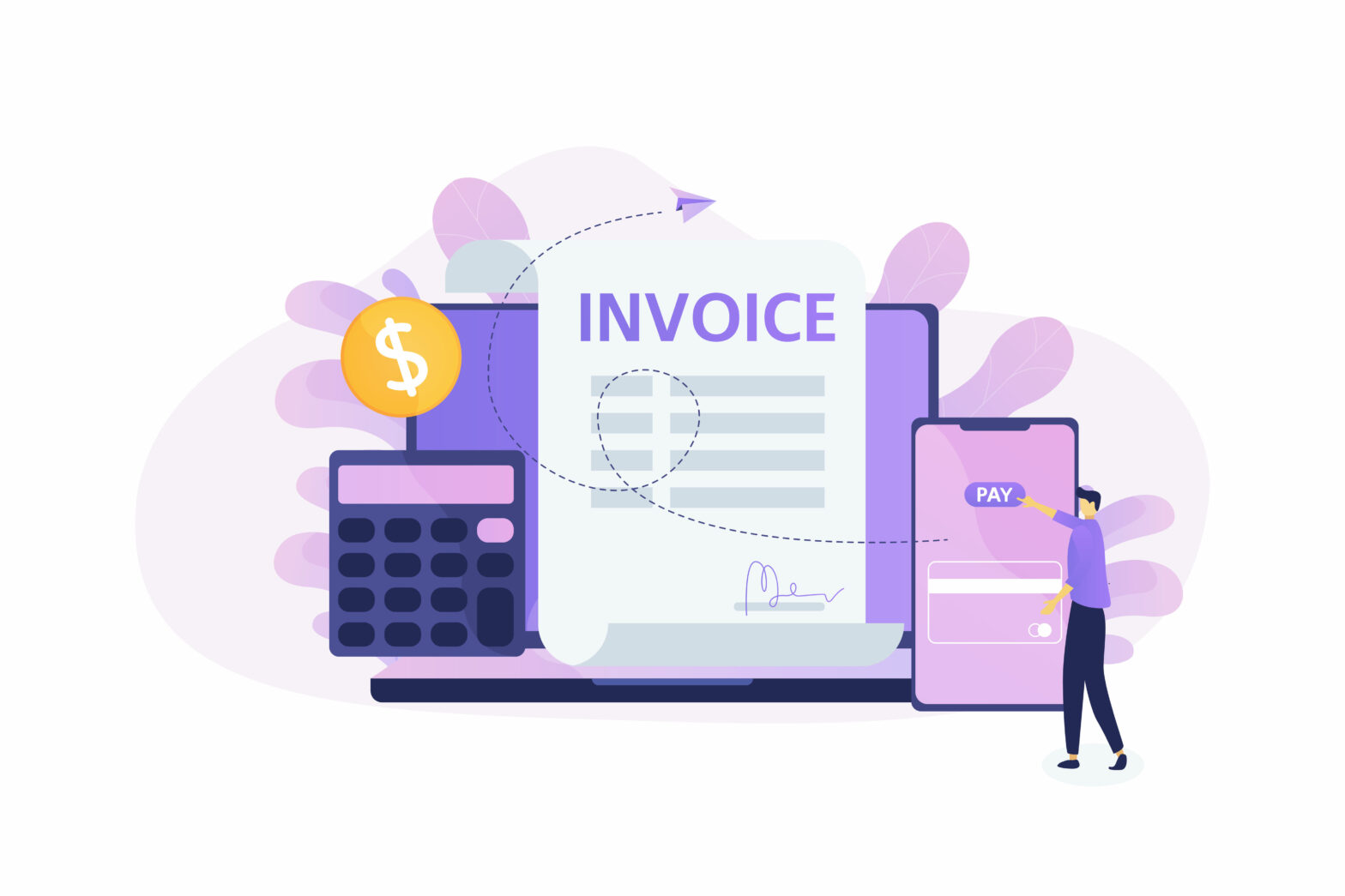Commercial finance is divided up into three options: factoring, invoice discounting and asset finance. All three can be used to fund growth by advancing money against forthcoming revenues or assets. Due to their nature, they are only open to those trading on a business-to-business basis. According to the FDA (Factors and Discounters Association), the number of companies using invoice finance has grown from 13,000 ten years ago to 43,000 today.
‘Our figures show that the use of invoice finance peaks when businesses are starting up and then again when the company’s turnover passes the £1 million milestone,’ says Kate Sharp, chief executive of the FDA.
‘Increasingly, we are also seeing large corporate organisations turning to invoice finance, particularly confidential invoice discounting, which allows them to retain control of their sales ledger.’
Though there are no independent statistics as confirmation, she says anecdotal evidence indicates, ‘there has been an increase in M&A activity being part-funded by invoice finance, as companies use packaged deals to raise greater amounts of finance.’
A victim of its own success
After using factoring from Lloyds TSB to fund growth for the best part of a decade, electronic switches company Danlers is phasing it out over the next year having just reached turnover of £2.7 million at the end of March.
‘Ironically, we’re just about to give up factoring because it’s been so successful!’ explains managing director Tony Kay. ‘It has enabled us to grow 30 per cent a year for the last seven years and we’re now at the stage where we are happy to fund growth from our own profits from here on in.
‘We talked about moving onto invoice discounting but in the end decided it wasn’t necessary. Our factoring company has done such a good job we don’t need them anymore.’
Case Study – Factoring funding growth
When first starting, salmon farm business Loch Duart struggled to find bank funding and so turned to factoring with HSBC. ‘At first, with limited resources, not having to chase the money ourselves was a real help,’ recalls director Alan Balfour. ‘It was great to get the money in advance of getting invoices paid.’
Factoring funded the Scottish business’ growth until a year ago, when Balfour decided to switch to invoice discounting. ‘I think if you can manage your own sales ledger, it’s worth doing it yourself. One downside of factoring is that the people chasing your invoices don’t know the customers like you do and are different from those who advance us the money, so there is a couple of degrees of separation between you and your customers. Chasing our own invoices is easier as personal relationships can make a difference to collection rates.
‘I would consider going back to factoring if we grew rapidly and were short of resources again, but for now we have the capacity to stick with invoice discounting,’ he adds. ‘It’s not that different as far as we’re concerned, now we just have to send out statements ourselves. If you are happy to collect your own debt it will suit you.’
Balfour also hails the convenience of the system, whereby he sends invoice details electronically to the factor, rather than physically sending each one as used to be the case in the early days. The factor sends in an auditor every six months to check the sales ledger.
Use your assets
Many factors also offer finance secured on tangible assets, principally stock but also plant and machinery, and even property. This facility is often offered as an extension of an invoice financing arrangement, but in some cases it can also be used on its own for businesses with no invoices, such as retail companies.
‘The financer will look at which assets can be most easily liquidated when it comes to security,’ explains the FDA’s Kate Sharp. ‘Top of that list is obviously the sales ledger, but next comes stock that is ready to sell, plant and machinery and then property.’
Similarly to invoice finance, the amount of funding varies over time as the financer continually values the assets its money is secured against. Varying stock levels will affect the level of funding, as will depreciation of plant and machinery over time. However, on the plus side, funding measured against property can rise with the value of the property.
‘When looking for funding, always look for the most appropriate form,’ concludes Sharp. ‘Factoring isn’t for everyone, but if funding cash flow is your requirement, a form of asset-backed finance is the best option.’
Further information
Definitions
Asset-based finance is a somewhat confusing term as it can cover all commercial finance or it can exclude invoice finance. The narrower definition refers to finance secured against physical assets such as property, stock or equipment. It can also include assets bought by the financier and leased to the company over a specified period.
Factoring is a way of raising money against yet-to-be-paid invoices. The company supplying the finance, the factor, will typically advance around 75 or 80 per cent of the invoice value. It will also collect the debts on your behalf.
Invoice discounting differs from factoring in that it is the business, not the finance provider, who collects the debts, thus reducing the cost of the financing. It also means that customers need not know you are using invoice finance; possibly useful given the reputation it once had as a last resort for businesses in trouble. It also gives you more control over your own sales ledger.
Paying for the service
- Be prepared to pay both a fee for the service and a percentage of each invoice raised. A big business with lots of big-money clients will typically pay more in terms of admin charges, but a lower rate for each invoice, than a small firm.
- The charge on your invoices will typically range from 2.5 per cent over the Bank of England base rate for small businesses to one per cent for larger ones, according to the FDA.
- You may find other finance options are more suitable for your business if the percentage taken off your invoices exceeds the interest you would pay on an equivalent bank loan or overdraft.
- Make sure you add up the total cost at the end of a year to ensure you are getting value for money, compared to, for example, the cost of employing a full-time credit controller in-house instead.
See also: Asset finance for small businesses explained
Looking for finance? SmallBusiness.co.uk is working in partnership with trusted lenders to help you find the best business funding deals. Find out more here.





